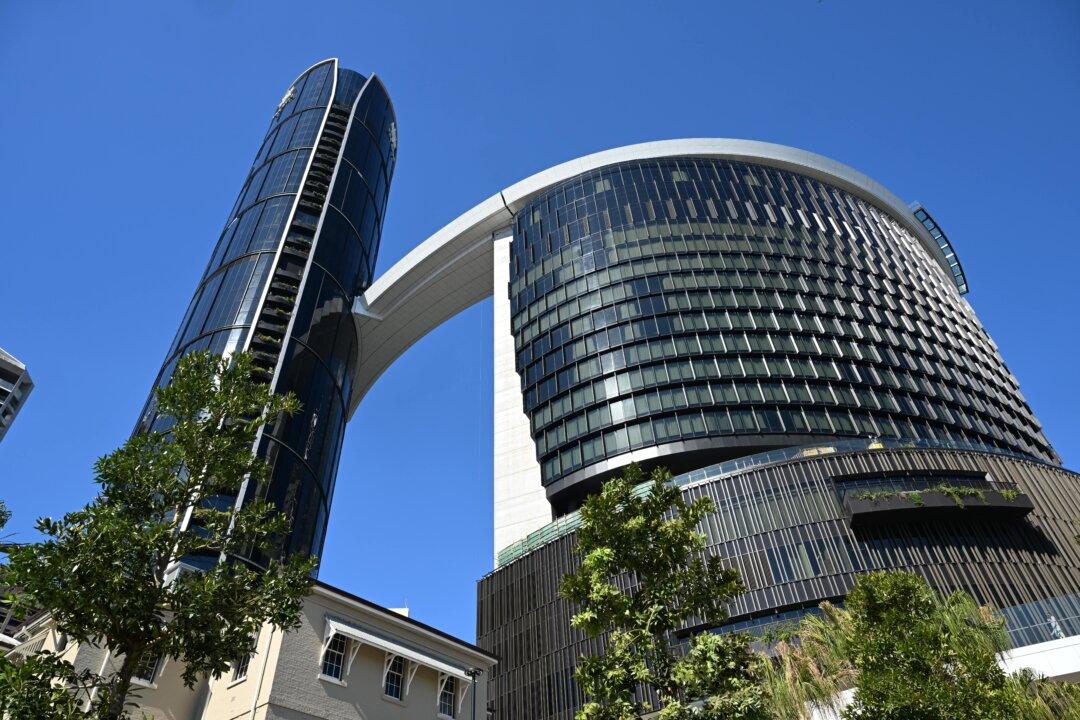Economists expect the latest job figures will show a further easing in the unemployment rate and another solid rise in the number of people employed, reflecting Victoria’s recovery from a prolonged COVID-19 lockdown.
The December labour force report is released by the Australian Bureau of Statistics on January 14.
The median forecast is for a 50,000 rise in the number of people employed after the 90,000 jump in November.
This is expected to see the jobless rate ease to 6.7 percent from 6.8 percent, and a further pull back from the 22-year high of 7.5 percent seen in June last year and during the depths of the recession.
Recent strong vacancy and job advertising figures suggest the labour market should see further strength in coming months, dating both Treasury’s and Reserve Bank’s forecasts.
Only last month Treasury forecast a jobless rate of 7.25 percent by June this year, while in November the RBA predicted a rate of 7.5 percent by then.
However, last week Treasurer Josh Frydenberg was confident the unemployment rate would fall further, even when support measures such as the JobKeeper wage subsidy ends in March.
The ABS will give a glimpse into the present jobs markets when it releases its weekly payroll jobs report on Tuesday, a special series set up during the pandemic to give a more frequent assessment of the state of the economy.
Strong employment outcomes should provide a lift to confidence, and in turn household spending, after being rattled by the NSW northern beaches coronavirus lockdown over Christmas and the snap closure of the Greater Brisbane area last weekend.
The weekly ANZ-Roy Morgan consumer confidence index is due on Tuesday. It posted two consecutive falls either side of the year-end festivities.
The monthly Westpac-Melbourne sentiment survey is due on Wednesday.
The week wraps up with preliminary retail spending figures for December, which are tipped to fall after surging 7.1 percent in November.
Meanwhile, Australian shares look set for a soft opening, undermined by declines on Wall Street, which was weighed down by falls among big banks following earnings reports and a regulatory probe into Exxon Mobil Corp.
On Friday, the Dow Jones Industrial Average fell 0.6 percent, to 30,814.26, the S&P 500 lost 0.7 percent, to 3,768.25 and the Nasdaq Composite dropped 0.9 percent, to 12,998.50.
US markets had recently struck record highs in anticipation of the announced $US1.9 trillion stimulus package by incoming US President Joe Biden.
Australia’s S&P/ASX200 benchmark index finished Friday barely changed at 6715.4, but lost 0.6 percent on the week.
Australian share futures pointed to a soft opening on Monday, down 16 points or 0.2 percent, at 6625.





